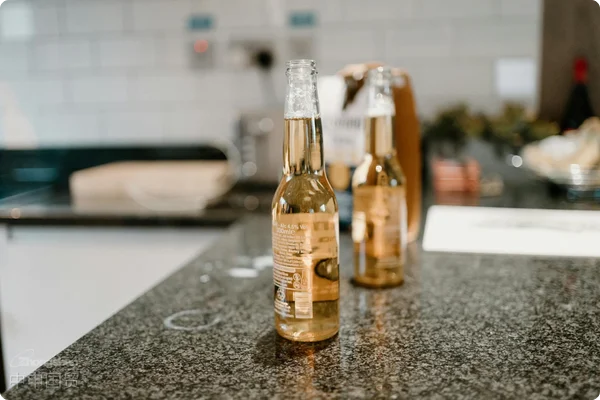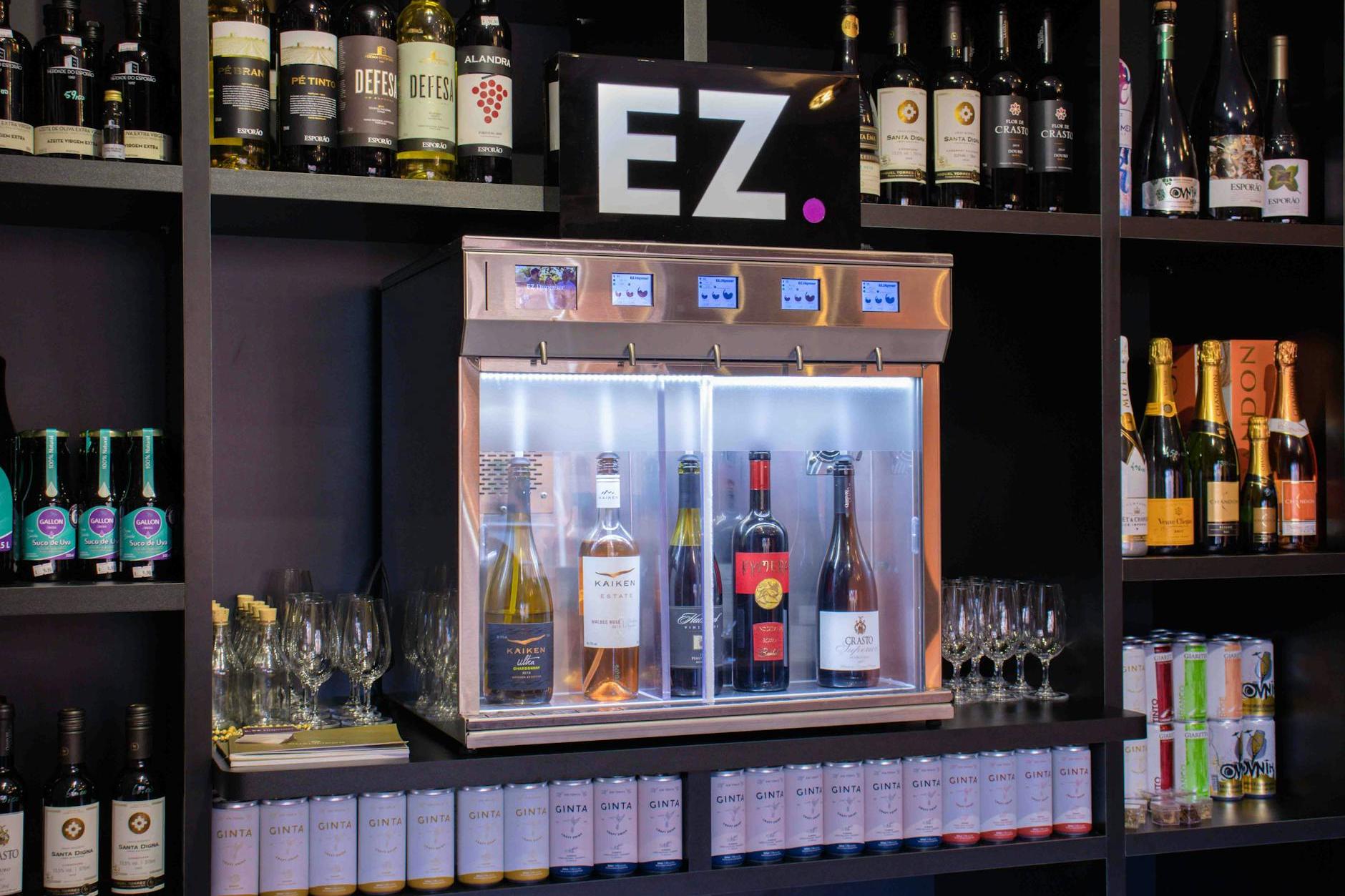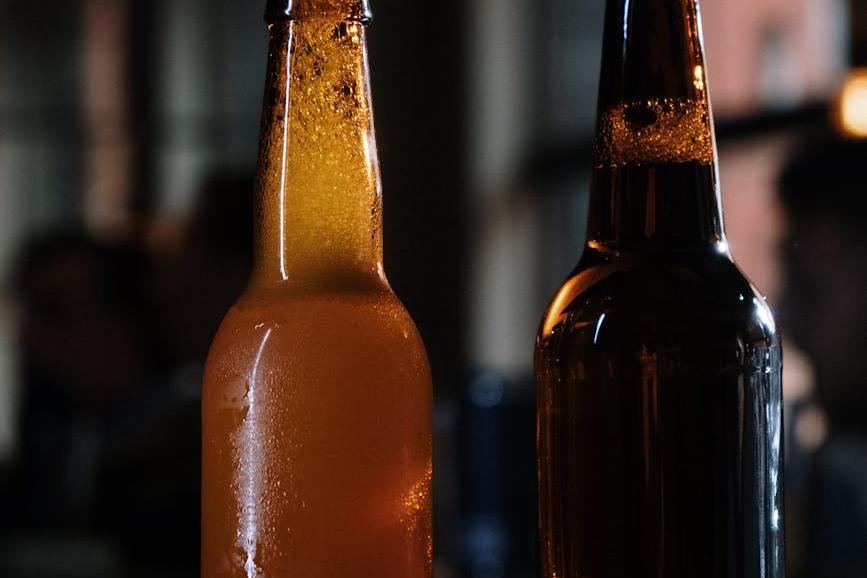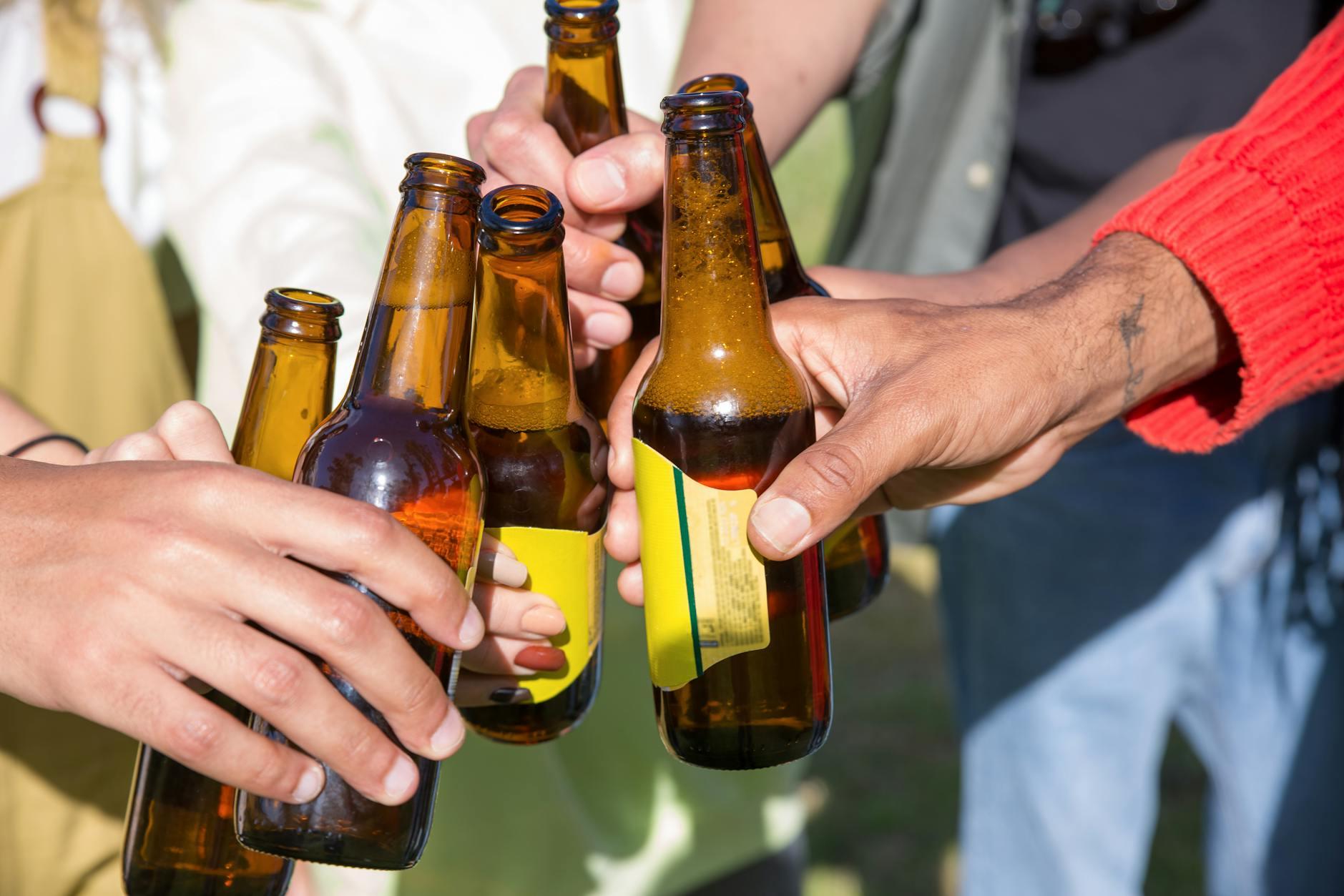- Zhongshen (Shanghai): 20 years of experience in foreign trade.
- Service Hotline: 139 1787 2118

When the 1982 Lafite Meets Craft IPA: A Tale of Two Cities in Alcohol Import.
Holding the Bordeaux glass in my hand, I often recall the one that was shipped back to Qingdao Port in a container twenty years ago.Damaged wooden wine boxNowadays, watching clients who are eager to represent Belgian Trappist beers while also coveting the collector's editions from Napa Valley cult wineries, as an old...Foreign tradeOne must speak the honest truth:The import business of red wine and beer follows two entirely different sets of rules..
The secret passcode hidden behind the wine label.
Last week, I just handled a customs clearance dispute involving Chilean Cabernet Sauvignon: the client failed to notice...2025 New Edition Chinese Back LabelRequirements: The entire batch of goods is stuck in the bonded warehouse for label modifications. Compared to beer imports, wine has three special thresholds in qualification review:
- Protected Designation of Origin (e.g., French AOC, Italian DOCG)
- Yearly Report and Testing Certificate Matching Rate
- Special packaging declaration (oak barrels/crystal bottles require separate classification)
On the contrary, the pitfalls that beer agents often fall into are just the opposite:
- Craft beer'sAlcohol content fluctuation rangeFactors affecting tariff rates
- The transportation cost difference between aluminum cans and glass bottles reaches 23%.
- The absence of fermentation process description resulted in quarantine delay.
The ingenious calculations hidden within the tariff schedule
The recent comparative proposal I prepared for a client was quite intriguing: for the same value of $100,000 in wine from the Pauillac village in France and German dark beer, the final landed costs actually differed by 18.7%. The key variances lie in:
- The red wine is made fromAd valorem + specific compound taxation(Current Tariff Item 2204)
- Beer applicableGraduated specific tax(Malt concentration is taxed in three tiers)
- The transportation insurance premium rate is affected by alcohol content (generally 1.2-1.5 times higher for red wine).
The Temperature Mystique in Cold Chain Logistics
Last year, there was a painful case: a batch of Burgundy Grand Cru red wine was...The sudden temperature change in the cabin caused mold growth on the wine labels.The direct loss amounted to 370,000 USD. Currently, our standard operating procedure is:
- The red wine is maintained at a constant temperature of 14°C ±1 throughout the entire process.
- Beer transportation involves temperature control in three stages:
- Pre-cool to 5℃ before loading.
- Ocean shippingMaintain at 8°C during the phase.
- Connecting refrigerated trucks during customs clearance
The Tuition Fees We Paid Over the Years
When acting as an agent for Czech beer in 2018, I failed to notice...The newly revised EU standards for pesticide residues in hopsThe entire shipment was returned. Now we will conduct special verification:
- Red wine: Sulfur dioxide residue, heavy metal migration value
- Beer: Diacetyl content, foam stability parameters
Here's an interesting recent discovery:Small-batch craft beer walkE-commerceIn fact, it is more cost-effective than traditional trade. A certain customer imported Belgian white beer through the 1210 bonded model, achieving a 21% reduction in overall costs. This new track is worth paying attention to.
Finally, a reminder to everyone: the General Administration of Customs has just updated...Pre-approval pricing system for alcoholic productsPlease provide more detailed procurement documentation. It is recommended to prepare the following materials three months in advance:
- Original winery invoice (requires notarization and authentication)
- International auction house transaction records (for renowned chateau wines)
- Transport Temperature Monitoring Graph
Recommended for You
? 2025. All Rights Reserved. Shanghai ICP No. 2023007705-2  Shanghai Public Network Security Record No. 31011502009912
Shanghai Public Network Security Record No. 31011502009912










